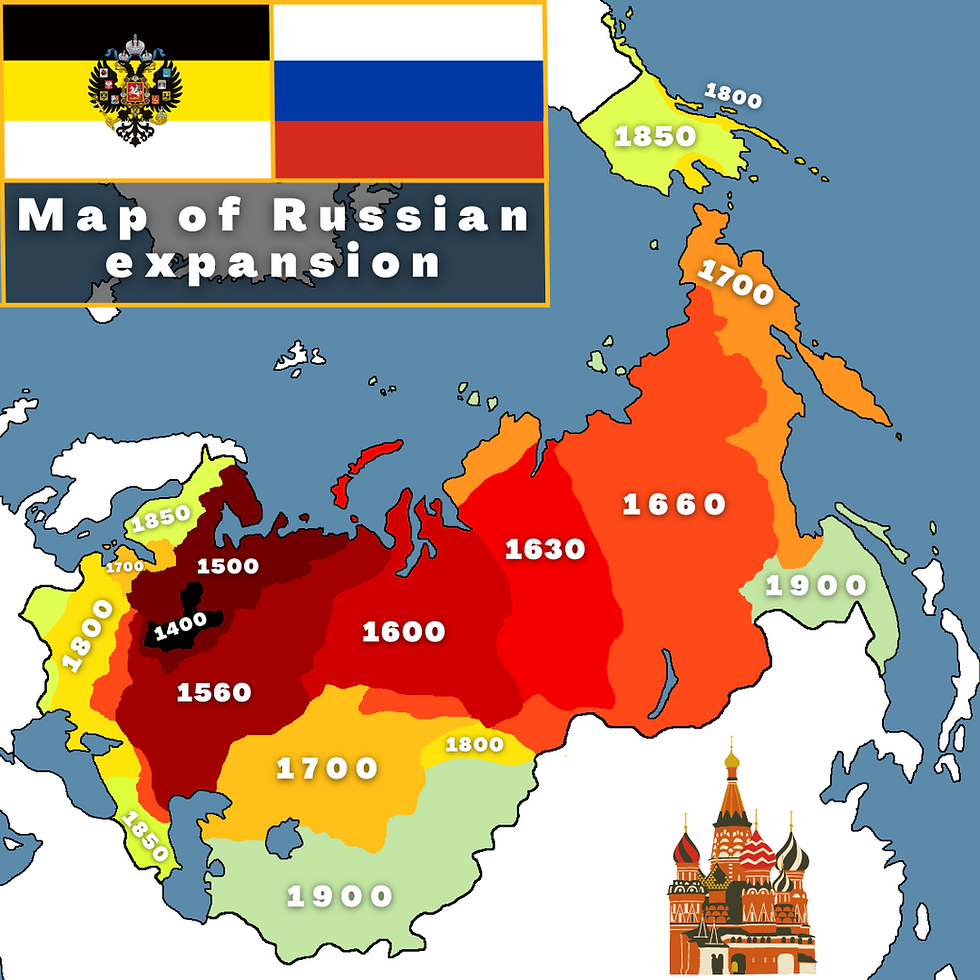Aztec Empire (1428-1521)
- hunmapper

- Jul 16, 2021
- 3 min read
The Aztec Empire ruled the Valley of Mexico from the 15th century until the Spanish Conquest. Although the Empire was the alliance of three city states, one of them, Tenochtitlan quickly became dominant militarily. When the Spanish arrived the lands of the Alliance were effectively ruled from Tenochtitlan.

Formation
In 1426 after the death of epanec king Tezozomoc civil war broke out in Central Mexico. One year later the new ruler Itzcoatl blockaded Tenochtitlan and demanded increased tribute payments. He also turned against the city of Texcoco. In 1427, Tenochtitlan, Texcoco, Tlacopan, and Huexotzinco went to war against Azcapotzalco, emerging victorious after 1 year of fighting. After the war, Huexotzinco withdrew, and in 1430,the three remaining cities formed a treaty known today as the Triple Alliance. he Tepanec lands were carved up among the three cities, whose leaders agreed to cooperate in future wars of conquest. Land acquired from these conquests was to be held by the three cities together. Tribute was to be divided so that two-fifths each went to Tenochtitlan and Texcoco, and one-fifth went to Tlacopan.
Expansion & peak
After 1428 the Aztecs started a rapid conquest in which they conquered most parts of the Basin of Mexico. By 1500 their Empire bordered the Pacific Ocean in the west and the Atlantic in the east. The Empire was ethnically very diverse but unlike most European empires, it was more a system of tributes than a single unitary form of government. The Aztecs usually placed local rulers to govern the occupied cities and usually did not interfere in local affairs as long as the tribute payments were made. Although the form of government is often referred to as an empire, in fact most areas within the empire were organized as city-states (individually known as altepetl in Nahuatl, the language of the Aztecs). These were small polities ruled by a king or tlatoani (literally "speaker", plural tlatoque) from an aristocratic dynasty. The Early Aztec period was a time of growth and competition among altepeme. Even after the empire was formed in 1428 and began its program of expansion through conquest, the altepetl remained the dominant form of organization at the local level. The efficient role of the altepetl as a regional political unit was largely responsible for the success of the empire's hegemonic form of control.
Spanish Conquest
Hernán Cortés landed on the Yucatan peninsula in 1519 with around 630 soldiers. Cortés had actually been removed as the expedition's commander by the governor of Cuba, Diego Velásquez, but had stolen the boats and left without permission. As Cortés sailed west from the Yucatan with his ships the expedition soon reached the territories of the Aztec Empire. Cortés founded the city of Veracruz on May 18, 1519 which is the first Spanish town in Mexico. A small contingent of the expedition remained at Veracruz, while the main body of conquerors moved inland. Some Spanish soldiers wanted to return to Cuba but as soon as Cortés found out he sank all Spanish ships to remove any possibility of escaping. After fighting several close battles, Cortés eventually convinced the leaders of Tlaxcala to order their general to stand down. Cortés then secured an alliance with the people of Tlaxcala, and traveled from there to the Basin of Mexico with a smaller company of 5,000-6,000 Tlaxcalans and 400 Totonacs, in addition to the Spanish soldiers. During his stay in the city of Cholula, Cortés claims he received word of a planned ambush against the Spanish. In a pre-emptive response, Cortés directed his troops attack and kill a large number of unarmed Cholulans gathered in the main square of the city.
Following the massacre at Cholula, Hernan Cortés and the other Spaniards entered Tenochtitlan, where they were greeted as guests and given quarters in the palace of former emperor Axayacatl. After staying in the city for six weeks, two Spaniards from the group left behind in Veracruz were killed in an altercation with an Aztec lord named Quetzalpopoca. Using boats constructed in Texcoco from parts salvaged from the scuttled ships, Cortés blockaded and laid siege to Tenochtitlan for a period of several months. Eventually, the Spanish-led army assaulted the city both by boat and using the elevated causeways connecting it to the mainland. Although the attackers took heavy casualties, the Aztecs were ultimately defeated. The city of Tenochtitlan was thoroughly destroyed in the process. Cuauhtémoc was captured as he attempted to flee the city. Cortés kept him prisoner and tortured him for a period of several years before finally executing him in 1525.
Sources:




Comments